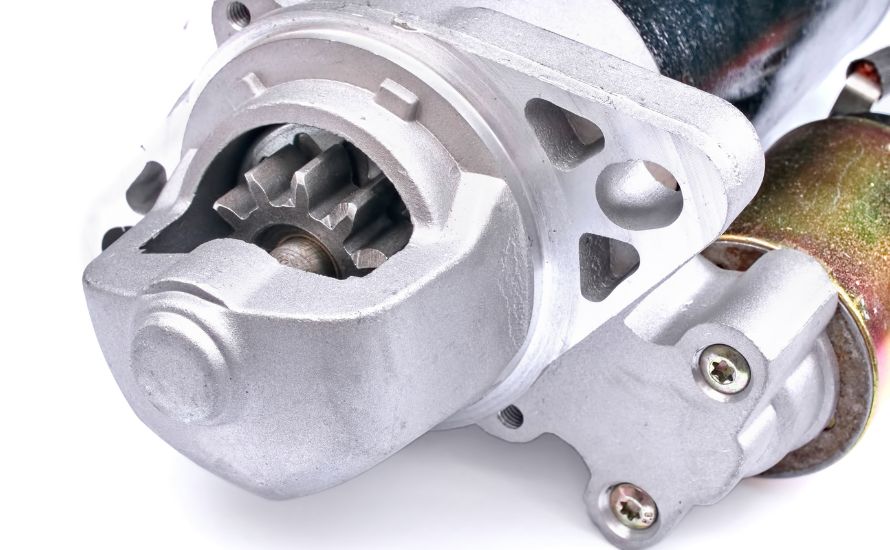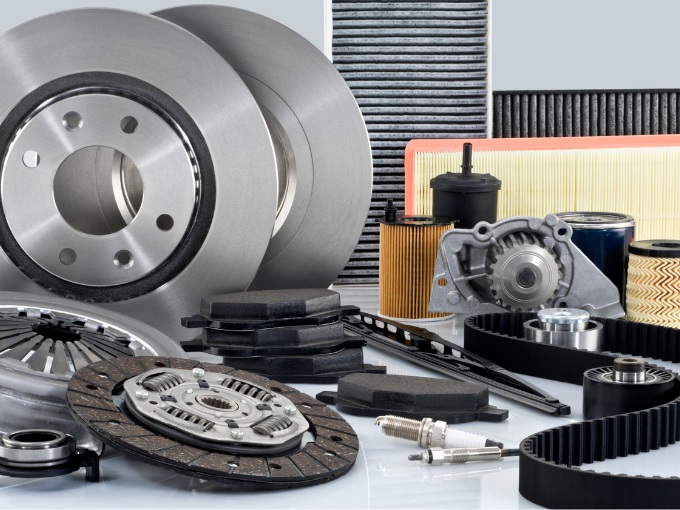Spark plugs are an essential component of your vehicle’s ignition system. They provide the spark that ignites the fuel and air mixture in the engine, allowing it to run smoothly. Without properly functioning spark plugs, the engine will not be able to start or run smoothly. However, over time, spark plugs can develop issues that can cause problems with your vehicle’s performance. In this article, we will discuss how to diagnose and troubleshoot spark plug issues to keep your vehicle running smoothly.
What Are Spark Plugs?
Spark plugs are small components that fit into the cylinder head of an engine. Their primary function is to ignite the air/fuel mixture inside the engine’s combustion chamber, which creates the power necessary to propel the vehicle. A spark plug consists of two main parts: the center electrode and the ground electrode. The center electrode is a small wire that protrudes from the top of the plug, while the ground electrode is a metal tab that is located at the bottom of the plug.
Common Spark Plug Issues
Spark plug issues can cause a variety of problems, including misfiring, poor fuel economy, and reduced engine power. Here are some of the most common spark plug issues:
-
Fouling
Fouling occurs when the spark plug becomes coated in oil or carbon deposits, which can cause a reduction in spark plug performance. Symptoms of fouled spark plugs include rough idling, decreased fuel economy, and difficulty starting the engine.
-
Wear and Tear
Spark plugs wear down over time due to the constant exposure to high temperatures and combustion pressure. Symptoms of worn-out spark plugs include reduced engine power, misfires, and difficulty starting the engine.
-
Gap Issues
The gap between the center electrode and the ground electrode is critical to the proper function of the spark plug. The spark may not be powerful enough to ignite the mixture of air and fuel if the gap is too tiny. If the gap is too large, the spark may be too weak to ignite the mixture. Symptoms of gap issues include misfiring, decreased engine power, and difficulty starting the engine.
-
Overheating
Spark plugs can overheat if the engine is running too hot or if the air/fuel mixture is too lean. Symptoms of overheated spark plugs include melted electrodes, misfiring, and reduced engine power.
Diagnosing Spark Plug Issues
Diagnosing spark plug issues can be tricky, as many of the symptoms of spark plug problems can also be caused by other engine issues. However, here are some steps you can take to diagnose spark plug issues:
-
Check the Spark Plugs
The first step in diagnosing spark plug issues is to check the condition of the spark plugs. Remove each spark plug and inspect it for signs of wear, fouling, or damage.
-
Check the Spark Plug Gap
Using a spark plug gap tool, check the gap between the center electrode and the ground electrode. Make sure the gap is within the manufacturer’s recommended specifications.
-
Check for Misfires
Misfires occur when the spark plug fails to ignite the air/fuel mixture properly. To check for misfires, use a code scanner to read any diagnostic trouble codes (DTCs) stored in the engine control module (ECM).
-
Check for Overheating
Check the engine coolant temperature and make sure it is within the manufacturer’s recommended range. If the engine is running too hot, it can cause the spark plugs to overheat.
Troubleshooting Spark Plug Issues
Once you have diagnosed the spark plug issue, it’s time to troubleshoot and fix the problem. Checking and replacing your spark plugs regularly can prevent these issues. Other causes of spark plug problems include incorrect installation, a malfunctioning ignition coil, or issues with the fuel system. If you’re experiencing problems with your spark plugs, it’s important to diagnose and address the issue quickly to prevent further damage to your vehicle’s engine.

 +971 50 443 1871
+971 50 443 1871














